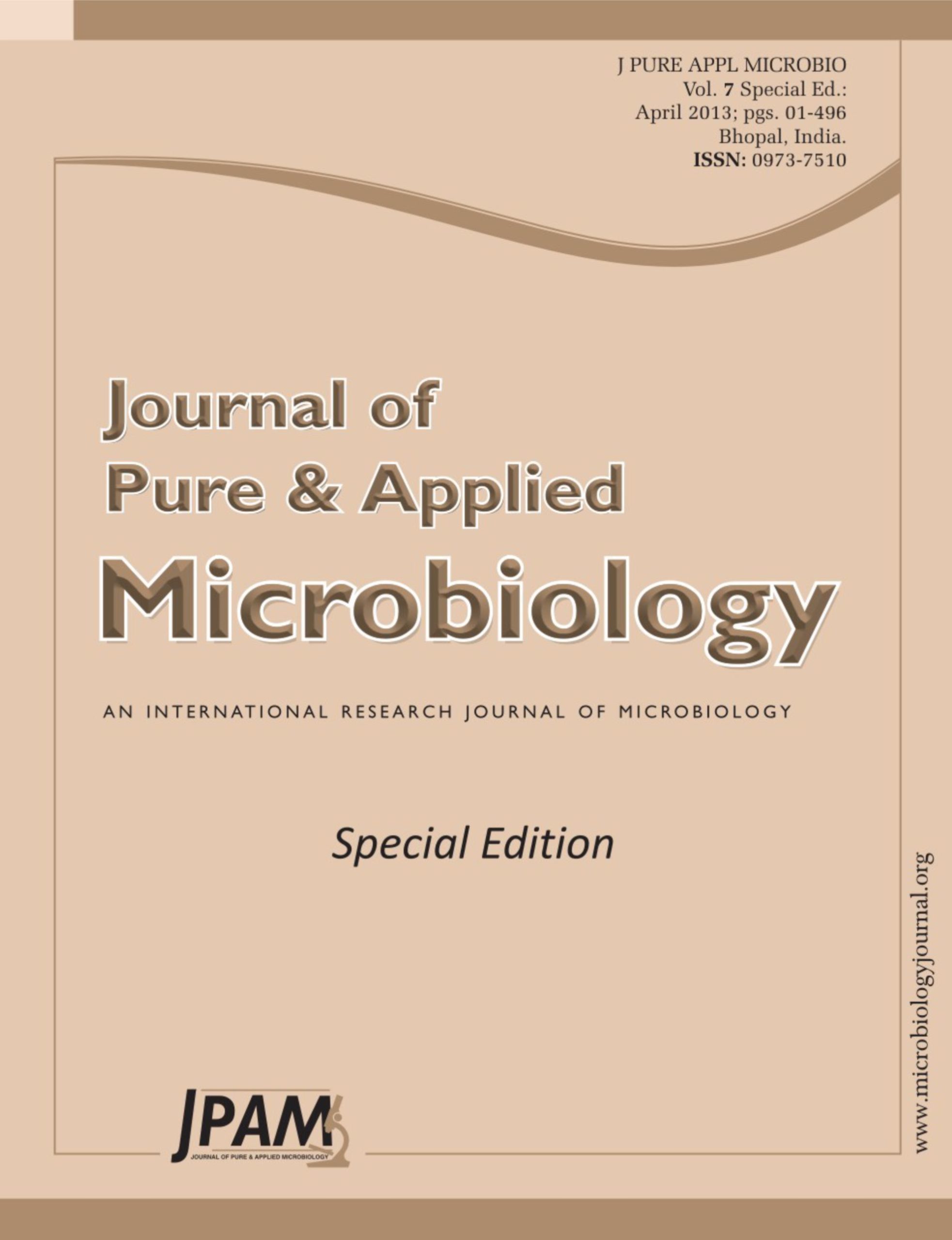In realistic bioenvironmental monitoring system, sensing devices may be scattered into a large area of wild and isolated field without any communication infrastructure. Due to the geographic isolation and the dynamic mobility, frequent failures and random disturbance of independent nodes, end to end fully connected path may never exist and sensing data delivery and ingestion may face great challenges in this disconnected network. VDTN (Vehicular Delay/Disruption Tolerant Network) can ingest and carry the sensing data and fill the gaps between the isolated target field and the nearest communication infrastructure via the mobility of vehicular mounted devices. It provides balance between certain delays and the probability of successful packet delivery to achieve survivability in disconnected networks. In this paper, connectivity availability evaluation model is introduced to help directed VDTN routing and context driven packet forwarding. A Driver Operation based Mobility (DOM) model is proposed to simulate the mobility of nodes in monitoring system and connectivity availability is evaluated to estimate the end to end packet delivery ratio of multi-hop networks. Deployment guidelines are given for VDTN based bioenvironmental monitoring system applications, with timeliness and performance requirements.
Vehicular network, Mobility, Delay tolerant, Connectivity availability
© The Author(s) 2013. Open Access. This article is distributed under the terms of the Creative Commons Attribution 4.0 International License which permits unrestricted use, sharing, distribution, and reproduction in any medium, provided you give appropriate credit to the original author(s) and the source, provide a link to the Creative Commons license, and indicate if changes were made.


